(NB&CL) Humanity is witnessing and experiencing the miraculous progress of technology, when AI can restore archives, convert black and white photos to color photos. Clearly, AI brings a miraculous opportunity for us to preserve cultural memories that have been lost. However, what will happen when AI can "imitate" famous works in a way that is "more beautiful than the real thing"?
Is AI a panacea?
At the interactive art exhibition complex “Indochina Sensation” taking place at the University building, 19 Le Thanh Tong (Hanoi), the video art installation of the oil painting “Thang Duong Nhap That” is a special highlight. The work was created using AI technology (artificial intelligence) from the original black and white photo, combined with an art video by a group including: artist Trieu Minh Hai, engineer Vien Hong Quang, painter, researcher Tran Hau Yen The and researcher Dr. Pham Long.
“Thang Duong Nhap That” is the unofficial name of the large painting painted by artist Victor Tardieu on the wall in front of the main hall of the Indochina University (now the Nguy Nhu Kon Tum Hall of the University of Natural Sciences, Vietnam National University, Hanoi). The painting covers an area of 77 square meters, recreating the social scene of Vietnam in the early 20th century with more than 200 characters. Due to many reasons, after 1954, the painting was erased and repainted by artist Hoang Hung and his colleagues in 2006. Returning in 2024, the group of artists has made an effort to recreate as realistically and as close to the original as possible an unprecedented masterpiece of early Indochina art.
At the recent discussion "Human memory and artificial intelligence - The role of technology in preserving cultural memory" within the framework of the Hanoi Creative Design Festival 2024, issues related to the process of restoring paintings and the power of AI were discussed by speakers.

Discussion "Human memory and artificial intelligence - The role of technology in preserving cultural memory".
Artist Trieu Minh Hai - School of Interdisciplinary Sciences and Arts (Hanoi National University) shared that the process of restoring Victor Tardieu's work is a journey of "permeating history and time" to find the most accurate version of the original painting. During this process, the group of artists only had the original black and white photo and a sketch kept in the museum. Comparing these 3 data sources showed discrepancies, so they used AI to find the "correct solution".
However, the difficulty is that other data sources on early 20th-century Vietnamese painting are almost non-existent, and data on Western realist painting of that period is also very limited. To “locate” a blurred detail in the original photo or “color” a character’s shirt in a painting, they had to find data from several other paintings by Victor Tardieu, and even reference paintings by some French artists of the period. In the process, AI helped the team quickly solve many difficulties, but also revealed many shortcomings.
“AI is not as smart as we thought, it cannot distinguish between a real oil painting and a photo of an oil painting. We overcome this by using multiple AI “children”, using one to teach the other so that they can compensate for each other. In particular, coloring the paintings is very difficult because AI can color but not the brushwork,” said artist Trieu Minh Hai.
From there, Trieu Minh Hai believes that AI is not a universal tool that can easily solve all problems. According to him, although AI is very strong in converting images and reproducing colors, AI is just a tool. It is the artists who determine and select the appropriate details and are the ones who make the decisions in the choices that AI makes.
Sharing the same opinion, engineer Vien Hong Quang also said that AI can turn just one photo into a painting, but AI still has many limitations. In fact, in the process of restoring the painting "Thang Duong Nhap That", they only used AI 10-20%, the rest were other tools and historical sources of culture and art.
“Can AI replace artists? Maybe, but not now, maybe in a long time. A work of art has many stories behind it and the work itself will convey that story. Products created by AI do not have any story, if any, it is just a fictional story and has no meaning,” Vien Hong Quang assessed.
Many other opinions at the discussion also said that no matter how smart AI is, it cannot replace humans because humans are extremely complex and sensitive entities. A heart, a passion, a vibration are things that no technology can replace. Technology helps people more easily, achieve more efficiency in work, but without research and supervision, artistic products restored from AI can easily fall into chaos, losing their original meaning.
Risks from AI: Need to be identified and warned
However, a major issue raised at the discussion was identifying another “dark door” of AI - the door of historical falsification. Accordingly, the rapid progress of technology is an opportunity for the preservation and promotion of heritage values, but humanistic and humanitarian values do not depend on technological progress. AI is like a magic mirror, in which all personal and communal memories will appear extremely rich and vivid. But that mirror will show not only the “inherent” image but also countless images that we “want to have”. And therefore, technology, especially AI, is raising ethical issues as the ability to falsify history becomes increasingly sophisticated. At the same time, technological progress also sets up legal frameworks such as archiving documents, the right to access and the right to disseminate original documents.

The painting "Thang Duong Nhap That" is painted on the wall of the Nguy Nhu Kon Tum Hall of the University of Natural Sciences.
Associate Professor, Dr. Tran Thi An (Deputy Head of the Department of Cultural Industry and Heritage, School of Interdisciplinary Sciences and Arts) said that the multidimensional impact of science and technology, the creation of intelligent machines has given humanity new perceptions. With intelligence superior to humans, AI can learn and imitate humans very quickly. This raises concerns that AI can interfere, threaten, and even "destroy" humans. In the field of art, from data, small frames, and photographs, AI can restore and create paintings very close to the original, even "more beautiful than the real thing".
“So what will be the anti-humanity of intelligence in the restoration and reconstruction of heritage and artistic creation? I think it is necessary to identify and warn about the risks that may arise from it,” said Associate Professor, Dr. Tran Thi An.
Agreeing with the “confusion” of Associate Professor, Dr. Tran Thi An about the ability of AI to change colors and restore Indochina art works with almost absolute accuracy, painter Tran Hau Yen The said that in terms of the art market, AI opens up huge potential for making… fake paintings. With image processing technology, AI’s ability to read and learn very quickly, and a large data warehouse, people can completely create many excellent oil paintings like those of Nguyen Chanh, To Ngoc Van…
“In the past, when there was no technology, no AI, the work of counterfeiting paintings was only rudimentary and crude. But now, with the support of AI, it won’t be long before counterfeiting technology becomes a big, complicated problem in management. Right now, while we’re sitting here discussing AI and the art market, it’s very possible that somewhere out there, people are already using AI for jobs like this,” said artist Tran Hau Yen The.
Considering this an open issue, Associate Professor Dr. Tran Thi An also believes that humans still have an unchangeable position in artistic creation. With their intelligence, talent, identity and style, artists still create works expressing human aspirations and emotions. In particular, human memories will be restored and preserved, but at the same time, they will maintain their position in the face of technological dominance.
The Vu
Source: https://www.congluan.vn/nghe-thuat-di-ve-dau-trong-thoi-dai-ai-post321261.html


![[Photo] Visit Hung Yen to admire the "wooden masterpiece" pagoda in the heart of the Northern Delta](/_next/image?url=https%3A%2F%2Fvphoto.vietnam.vn%2Fthumb%2F1200x675%2Fvietnam%2Fresource%2FIMAGE%2F2025%2F11%2F21%2F1763716446000_a1-bnd-8471-1769-jpg.webp&w=3840&q=75)
![[Photo] President Luong Cuong receives Speaker of the Korean National Assembly Woo Won Shik](/_next/image?url=https%3A%2F%2Fvphoto.vietnam.vn%2Fthumb%2F1200x675%2Fvietnam%2Fresource%2FIMAGE%2F2025%2F11%2F21%2F1763720046458_ndo_br_1-jpg.webp&w=3840&q=75)

![[Photo] General Secretary To Lam receives President of the Senate of the Czech Republic Milos Vystrcil](/_next/image?url=https%3A%2F%2Fvphoto.vietnam.vn%2Fthumb%2F1200x675%2Fvietnam%2Fresource%2FIMAGE%2F2025%2F11%2F21%2F1763723946294_ndo_br_1-8401-jpg.webp&w=3840&q=75)
![[Photo] National Assembly Chairman Tran Thanh Man holds talks with President of the Senate of the Czech Republic Milos Vystrcil](/_next/image?url=https%3A%2F%2Fvphoto.vietnam.vn%2Fthumb%2F1200x675%2Fvietnam%2Fresource%2FIMAGE%2F2025%2F11%2F21%2F1763715853195_ndo_br_bnd-6440-jpg.webp&w=3840&q=75)

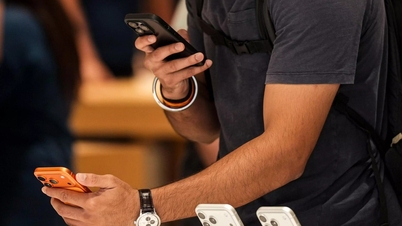



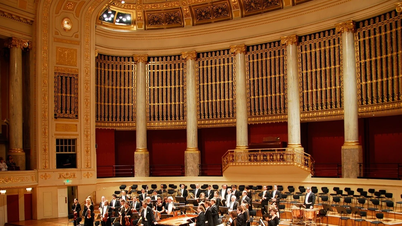

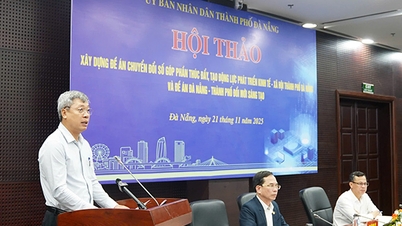

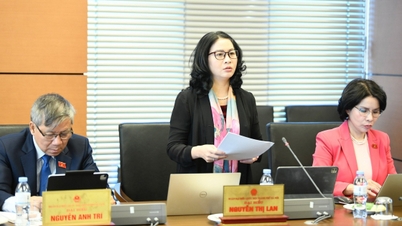

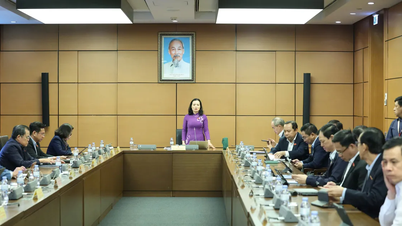

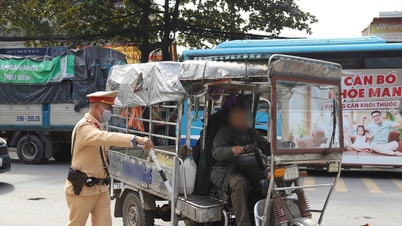

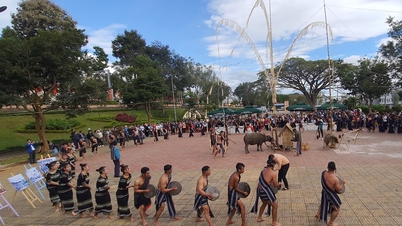

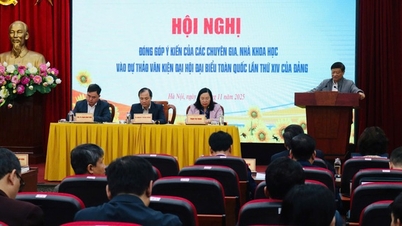

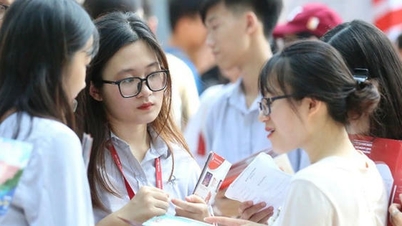












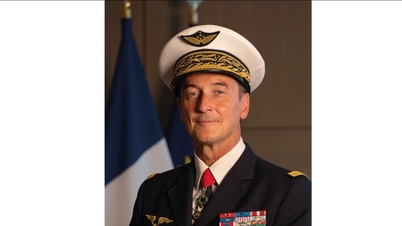




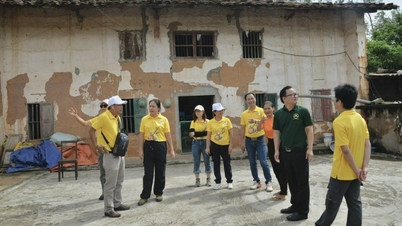





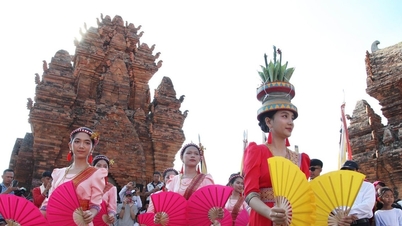

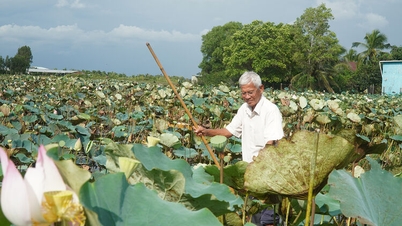

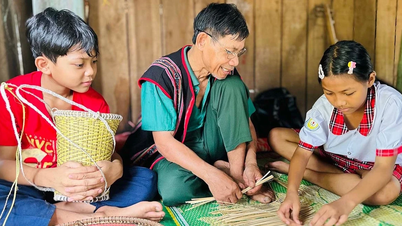


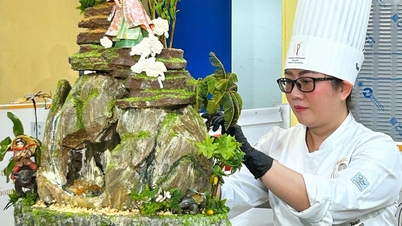




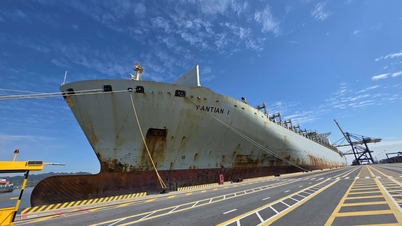

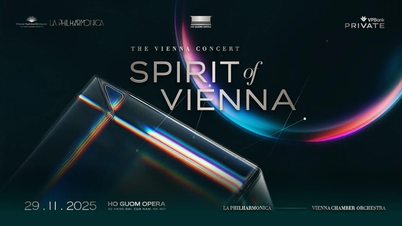












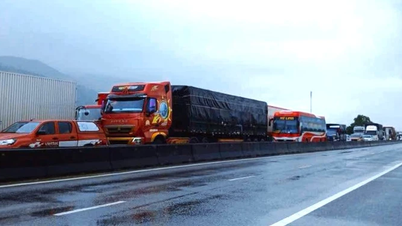


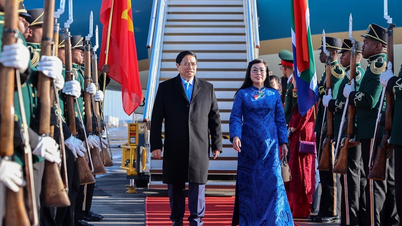

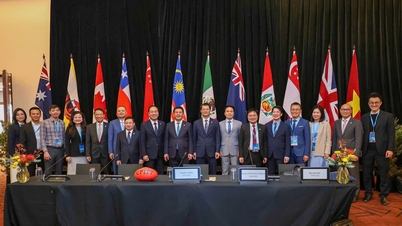
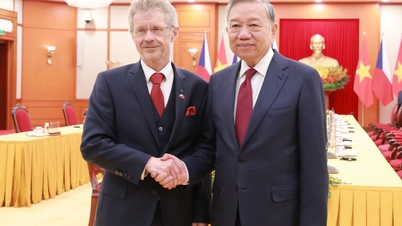



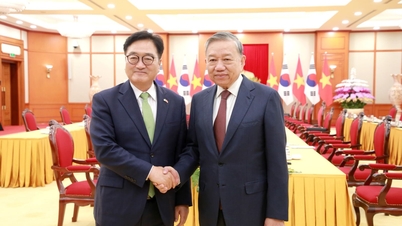



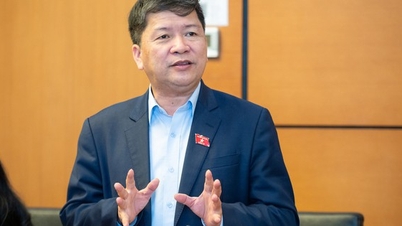



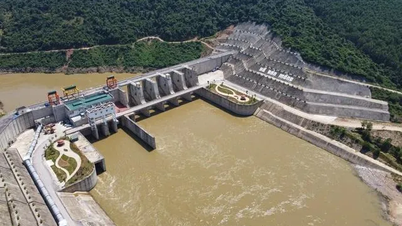


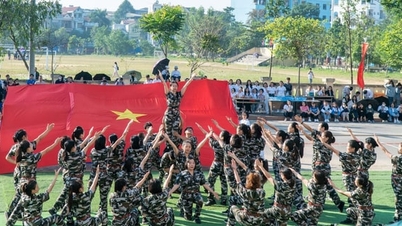















Comment (0)